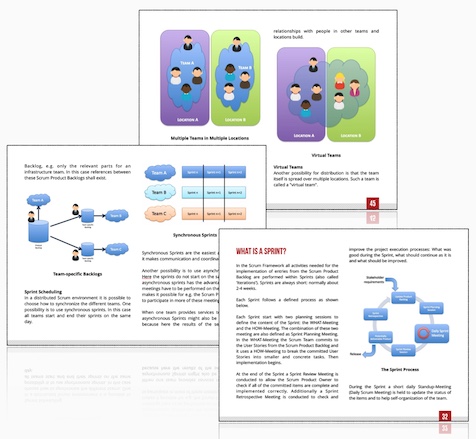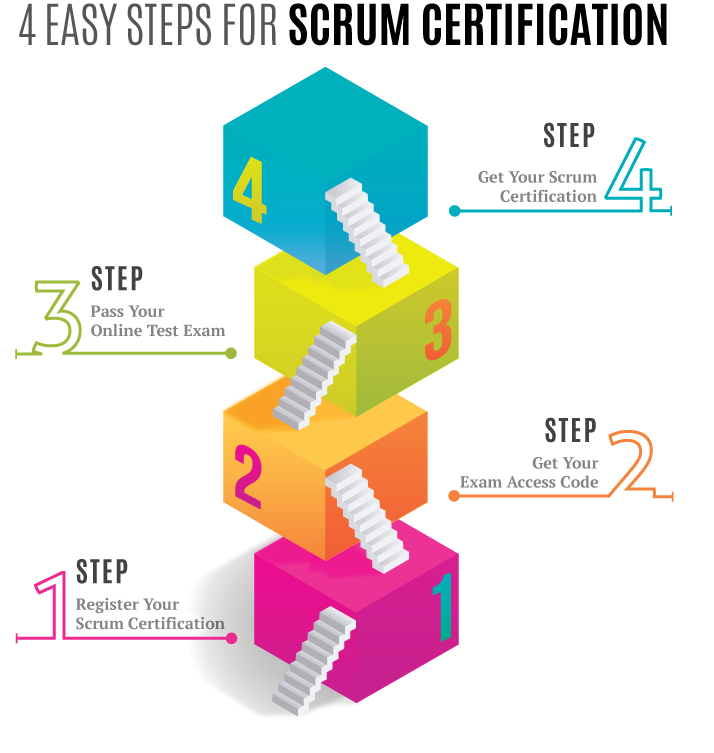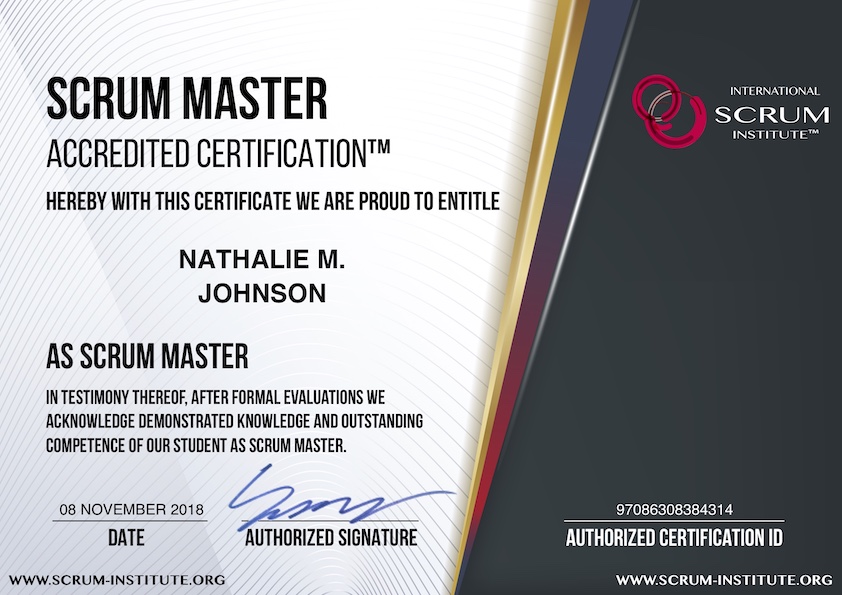10 Tips to get the Best out of Your Daily Scrum Meetings
Our Guest Blogger - Nirav Patel (RapidOps Solutions)
Last Updated: 29 August 2022
Daily Scrum
Daily Scrum Meeting
Agile Scrum Team Work
The term ‘Meeting’ brings to our mind an atmosphere where a group of people are sitting together to discuss serious issues: Some sitting bored and uninterested; some staring blankly trying hard to get a grasp of what are being discussed; and still some aggressively trying to prove their point. However, with changing times and methodologies, with pressure to meet deadlines, with time constraints, with increasing competition and with the need to stay a step ahead, there arose a new face of meetings- ‘The Scrum Meetings’ or more commonly known as ‘The Daily Scrum Meetings’.
What are Scrum Meetings?
These meetings are short and crisp and the members actually stand as the discomfort of standing makes sure that the meeting does not stretch too long. These meetings are held daily (usually in the morning) or at short intervals pre-decided by the team mates working on a particular project. The issues raised in these meetings strictly include only these topics:
- What was done yesterday?
- What is to be done today?
- Are there any impediments?
However, more often than not, these meetings tend to stretch too long and get unfocussed, thereby destroying the very purpose of such meetings. Here are some effective tips for a successful stand up meeting:
1. Stick to the rule: Time is money…
The meetings should start at a fixed time every morning and the timing should be followed strictly irrespective of the fact that some team members have not arrived. You could offer incentives for those who arrive on time and impose penalties on those who do not. Also keep the meetings short and to-the-point. The daily scrum meetings should last for around 15 minutes or so.
2. Predefine the standard of the meeting:
The order and discipline are the essence of a stand up meeting. Only the scrum leader and the team members (who are directly working on the project) should be allowed to report in the daily scrum meeting and only one person should be allowed to speak without interruption at a given time.
3. Do not lose focus:
It is a good idea to prepare a list of topics and priorities which need to be discussed during a stand up meeting. Only those items which are currently in process or those whose due date is approaching should be dealt with. Also, the topics should be of universal interest, else they tend to go off track.
4. Keep the interest level high by raising the fun quotient:
Since it is important to keep the meetings short and crisp, it is essential for the success of the meeting that all the members are genuinely and actively involved during the entire meeting. To kick start the interest, you can start each meeting with a new joke, a motivating quote, a comic strip or any other interesting picture or image. You could also introduce a lottery system to decide who would speak next, thus giving a fair chance to everyone besides keeping the fun quotient high.
5. No laptops or phones please… This is a tech-free zone…
We have become so addicted to our phones or laptops that it becomes difficult for members to focus on the meeting if they are constantly checking their messages, answering e-mails, playing games or going through their codings. To avoid this problem, ensure that your stand up meetings are tech-free. This ensures respect for fellow team mates and also avoids distraction.
6. Stand please… This is a stand up meeting…
Daily scrum meetings are not called stand up meetings without a reason. Conventional meetings tend to stretch long, get boring and off topic when members are sitting comfortably. Standing up during these meetings ensures that the meetings are short, to-the-point and the energy level is high.
7. Do not attend the meeting if…
Before you start wondering what I am talking about, let me tell you that sometimes dramatic attitude helps bring a major change. Having said this, you can put your foot down and make it obvious that something is wrong by skipping the meetings if they stop being productive and are a mere status update routine. By not attending the meeting, you make a statement that your time is better used for more productive development and other tasks.
8. Use a ‘Parking Lot’ for unresolved issues
The basic idea of daily scrum meetings is to let the team members know what is being done, what needs to be done and what are the hindrances in getting them done. Anything other than these, needs to be dealt with later. Define a ‘Parking lot’ and list down the issues which are to be dealt later. After the meeting gets over, schedule another meeting with only those members who are directly related with that particular issue. You could maintain a notebook or a whiteboard to list down topics that are to be handled by a particular sub division and need a lengthier discussion. Such ‘parking lots’ should be accessible to the team members outside the daily scrum meetings too where they can list down their items that need to be addressed. That way, they are totally focussed and are not thinking about off topics during their daily scrum meetings.
9. Be prepared ahead of time
Since the time is short, the team members should know exactly what they would speak at the meeting. Their speech should be strictly limited to what they did the day before, what they plan to do today and what are the difficulties they are facing in meeting their goals. For this, the scrum leader should make it clear to the team members what he expects to hear from them at the meeting. Anything off the topic should be immediately interrupted.
10. Use scrum meetings to infuse team spirit
If you have outsourced your scrum projects, involving the remote team members in the daily meetings would be good idea. For this, you could set up video chats or conference calling during your daily scrum meetings. Just make sure that your meetings here are not held at a time which is unreasonable for them (Say 1:00 a.m. for them). This ensures that you are working as a team with your offshore mates. Again, as a scrum leader make sure that the team members make eye contact with each other and communicate with each other instead of talking and focussing only on you. This will make the meetings more effective and develop better understanding among the team.
The final note!
Call it a daily scrum, daily huddle, morning roll-call, morning meetings, coordination meetings or our very own stand up meetings, these meetings are the call of the hour. By getting an update of what each team member accomplished yesterday and what he plans to accomplish today, the team members get a clear and co-ordinated understanding of how much work has been done and how much work remains. These meetings are also a way to ensure commitments for every member. When a member stands up and says, “I will do this task today,” he knows very well that he is supposed to report the next day whether the task was done or not.
|
Share this Article with Your Friends and Colleagues!
|
|

|

|

|

|
|
 SCRUM INSTITUTE™
SCRUM INSTITUTE™






















